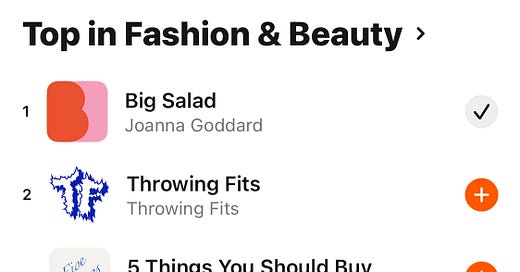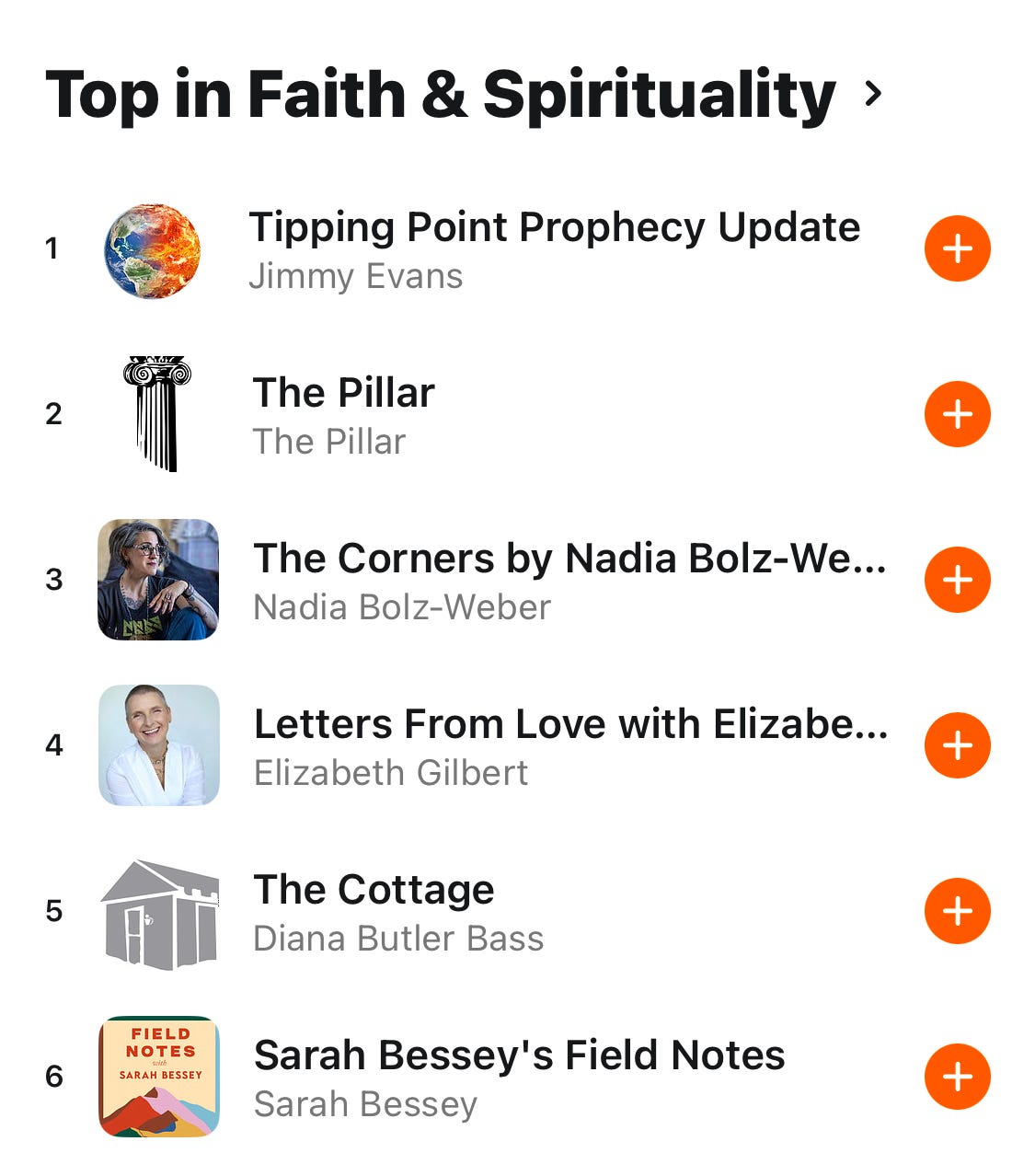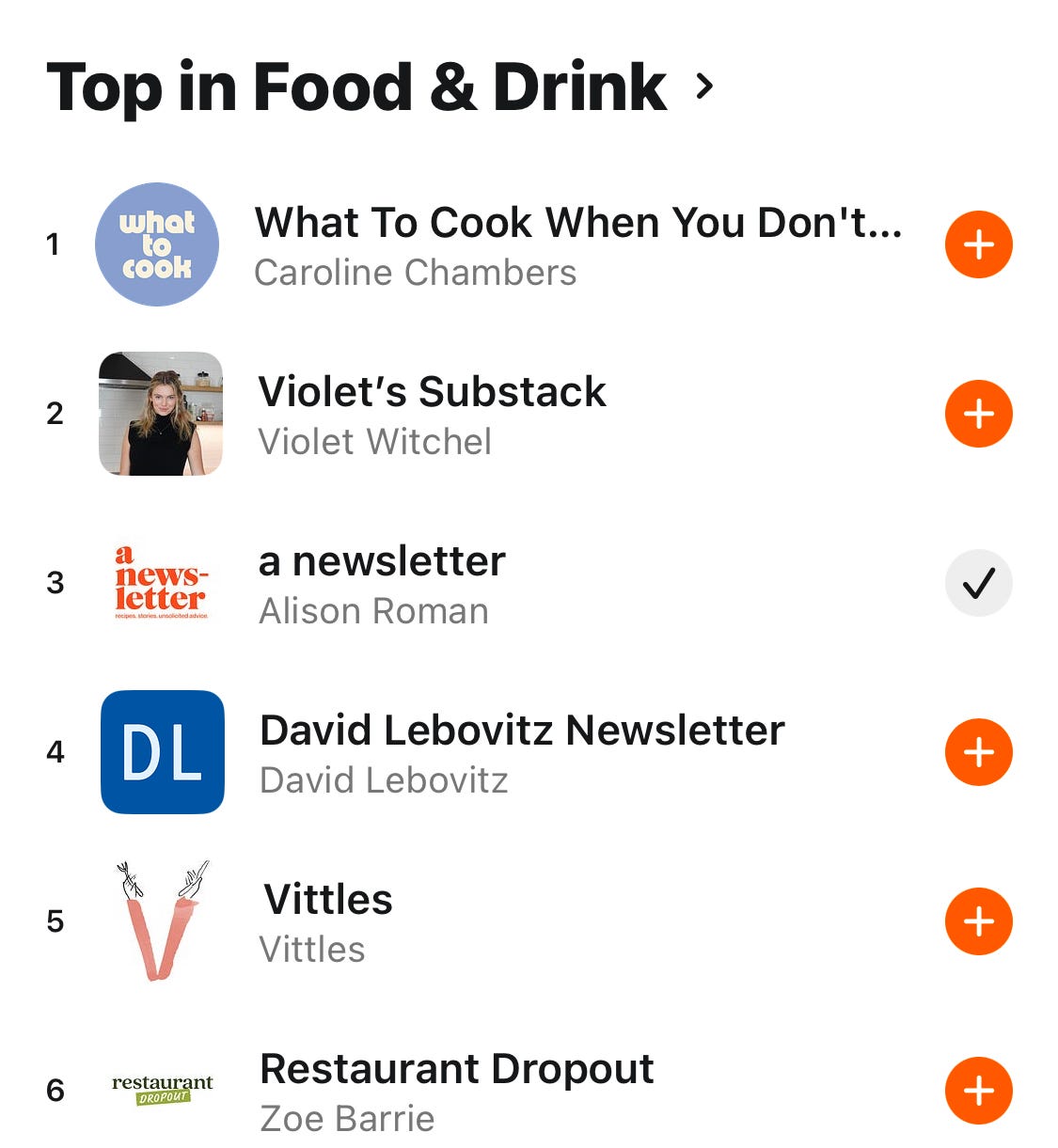It was inevitable that we’d land here. Apologies in advance to all the seasoned Substack users who have been here since the platform’s beginning in 2017. I know—everyone is ruining it now (see: new people and celebs) with all their complaints and issues, and Substack itself may be ruining it a bit too by adding all these new “creator” tools. How rude.
But we aren’t here to talk about creator tools and platform evolution. We’re here to talk about a trend that exists no matter the platform, when it’s launched, or core user and audience demographics. And that’s centering whiteness and white voices.
Now, something you should know about me is that one of my favorite platforms is Reddit. I love a community forum and a crowdsourced answer. People who love Reddit tend to love research. And while I would never want to spend eight full hours a day as a researcher on any topic, I don’t mind going down a rabbit hole (or ten) to get an answer to a burning question.
Before we go down our own little Substack rabbit hole, I need to credit the original creator of the phrase “so white,” which (rightfully) gets thrown onto any and everything that lacks real, meaningful inclusion.
Twitter was and is powerful although its influence is waning. It’s a pity that Elon destroyed it. But, especially in the high teens, things that happened on Twitter made a real impact in the material world. Despite its decline, it gave birth to many necessary movements, including #OscarsSoWhite by media journalist and DEI advocate April Reign. Her call-out was directed at the Oscars back in 2016 when every single, solitary winner in every category was white.
Now, where were we?
I’ve been active on Substack for the past few weeks, and in that time, it hasn’t taken long to discover that the “tops” of all my interest categories are authored by a majority of white voices. I’ll start with the beauty and fashion section because I toggle between this category and my home feed most often.
I’ve been a fan of Joanna Goddard’s Cup of Jo blog for over a decade. I know—it’s crazy. I love her blog (can you imagine running a successful blog in 2024?! Yes, that’s how well she knows her audience) because it feels like one of the safest, most transparent, women-powered places on the internet.
Joanna also seems like a genuinely wonderful, hard-working woman who happens to be white that is making a real, visible effort to be inclusive. And yes, in a world where there are no consequences for centering and prioritizing whiteness, it takes effort. Joanna reminds so many of us of a really good friend we’ve had for a long time, one we’ve seen have babies, host holiday parties, and even recently, get divorced.
Of this group of top fashion and beauty authors, the only other one I recognize at face value is Leandra Medine (Cohen), who used to run the uber-popular millennial-focused site Man Repeller. She’s long been a fixture in New York fashion for many reasons. But Leandra was showing us how to mix prints and wear underwear as shorts in the summer years ago. She isn’t new to the world of building an online audience and monetizing it. Like Joanna and other top creators like Alison Roman in food and Lenny in business, she brought her large audience over to Substack. These power/celeb authors differ from those who have primarily built, or are building, a core audience on Substack, like Ochuko Akpovbovbo.
So where does the research come in, you ask?
Don’t worry, I’ve got you. I did some screenshotting and cross-referencing. I’ll bore you with the numbers because otherwise, this entire post would be null and void. Of twenty categories:
Culture
Fashion & Beauty
Technology
Business
U.S. Politics
Finance
Food & Drink
Sports
Art & Illustration
World Politics
Health Politics
News
Music
Faith & Spirituality
Climate & Environment
Science
Literature
International
Philosophy
Comics
Only two of these categories feature a visible, non-white person in a profile photo: Technology features Chamath Palihapitiya at #4, and Philosophy features Threadings by Ismatu Gwendolyn at #3. I’m aware that some authors, regardless of background, may use avatars as profile photos precisely because of the challenges associated with presenting darker faces on social media. Data supports that Black and brown people do not “perform” as well on social platforms.
Of the twenty categories where a person with a profile photo is featured, more than half of those photos depict white people.
The last fun data point from this unscientific quick study is that, of the twenty categories, eleven—more than half—feature only white or white-presenting authors. These categories are Faith & Spirituality, News, Fashion & Beauty, Business, Finance, Food & Drink, Art & Illustration, Health Politics, Music (how?), Climate & Environment, and Literature.*
I also want to clarify that these authors’ white identities do not detract from the utility or quality of their content, perspectives, and contributions to the platform. However, this quick research project exposes a larger and dangerous theme: rewarding people who’ve already “won” in various ways. People should be compensated for their hard work, and growing an online audience in the attention economy is HARD WORK. But there are metrics beyond audience size that are important to consider when selecting top authors.
Consider how the beauty industry has had to grapple with Eurocentric standards of beauty and the damage this has done to most of the world’s Black and brown populations. Before these conversations, it was acceptable to send only thin, white models down the runway, despite the availability of models in all shades and body types. Until people within the industry challenged this, it was accepted as “the norm.”
Although we’re seeing a slow creep back to these damaging norms (thanks to Ozempic and chronic online addiction), there’s at least space now to identify exclusion and problematic beauty standards both inside and outside the fashion world. While the recent Victoria’s Secret fashion show was labeled a failure on many fronts, I personally think one small positive signal was the body diversity on display. I grew up in the pink era, and seeing a real-sized woman in lingerie was unheard of. That’s progress, even if the wings this year looked like the winners from an 8th-grade art project.
It’s important to surface this issue because I (maybe naively) believe that Substack is actually a different kind of social platform—one that is listening to its users, or at least trying to, at this stage of its growth. When I worked at a fancy, rapidly-scaling growth-stage tech company a few years ago in product marketing, my favorite part of the job was talking to users.
Every good product person knows that users, not executives or board members, are the heroes of your product story. Users will lead you to product-market fit (and lots of revenue) if you seriously invest in understanding their needs and desires. The users of my little corner of Substack so far seem far more intelligent, gracious, thoughtful, and friendly than I could have ever imagined. I’m inspired daily by the interactions I have here, and the biggest win is that I am encouraged and rewarded for writing.
Like most people, I enjoy engaging with my pseudo-celeb roster of creators. I’ll continue to follow Joanna and Alison, and I believe those kinds of creators should be rewarded for their hard work. I just think, especially on a platform like Substack, where new opportunities exist, there is space for many more people to influence the conversations and culture that shape this platform.
And yes, Substack product team, I would be more than happy to get on a call and talk about my experience as a new user.
* This is an unscientific study (although I did do the screenshotting and cross-referencing) and we, the users of Substack should hold the platform to giving us real data on how Top of authors are selected and promoted.







Substack has a huge problem with promoting the same “big” names over and over and over…and they are almost all white.
Thanks for writing this!
White and American I'd say. Well written Chandra, let's change the game. I am dying to see Ochuko in the Top of Substack